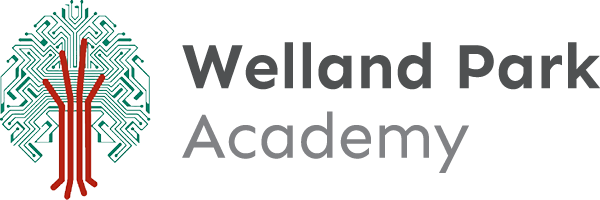Textiles
Description of Course
Vibrant and dynamic, this specification will give students the freedom to explore GCSE Art and Design in ways that will inspire and encourage them to reach their full potential, whilst equipping them with the skills to continue the subject with confidence at ‘AS’, ‘A’ Level and beyond.
Textile design is defined here as the creation of designs and products for woven, knitted, stitched, printed or decorative textiles that might have a functional or non-functional purpose.
Areas of Study
In Component 1 and Component 2 students are required to work in one or more area(s) of textile design, such as those listed below:
-
art textiles
-
fashion design and illustration
-
costume design
-
constructed textiles
-
printed and dyed textiles
-
surface pattern
-
stitched and/or embellished textiles
-
soft furnishings and/or textiles for interiors
-
digital textiles
-
installed textiles
They may explore overlapping areas and combinations of areas.
Year 10
Students will be introduced to a variety of Textile techniques including Batik, Lino printing, Tie dye, Embroidery, Silk painting and free hand machine embroidery to name but a few. They will explore and research textile artists and designers in two projects Natural Forms and Architecture. There will also be an opportunity to take part for a day visit to Museums and art galleries, where students can collect information, generate ideas and create textile outcomes from exhibitions and displays.
Year 11
This year focuses mainly on the completion of a sustained project exploring Architecture. Students are given the opportunity to use and experiment with a wide range of materials, techniques and skills.
The preparation work for the externally set task will begin towards the end of January. There will also be an opportunity to take part for a day visit to Museums and art galleries, where students can collect information, generate ideas and create drawings from exhibitions and displays.
Assessment Details
Internal Assessment:
Each student must select and present a portfolio representative of their course of study. The portfolio must include both: 96 marks & 60% of GCSE.
A sustained project developed in response to a subject, theme, task, or brief evidencing the journey from initial engagement with an idea(s) to the realization of intentions.
A selection of further work resulting from activities such as trials and experiments; skills-based workshops; mini and/or foundation projects; responses to gallery, museum, or site visits; work placements; independent study and evidence of the student’s specific role in any group work undertaken.
External Assessment:
An unlimited preparatory period followed by 10 hours of supervised time: 96 marks & 40% of GCSE. An unlimited period of preparatory time is followed by 10 hours of supervised time during which students will develop their own unaided work. There is no restriction on the scale of work, media, or materials used. Preparatory period – from 2nd January.


